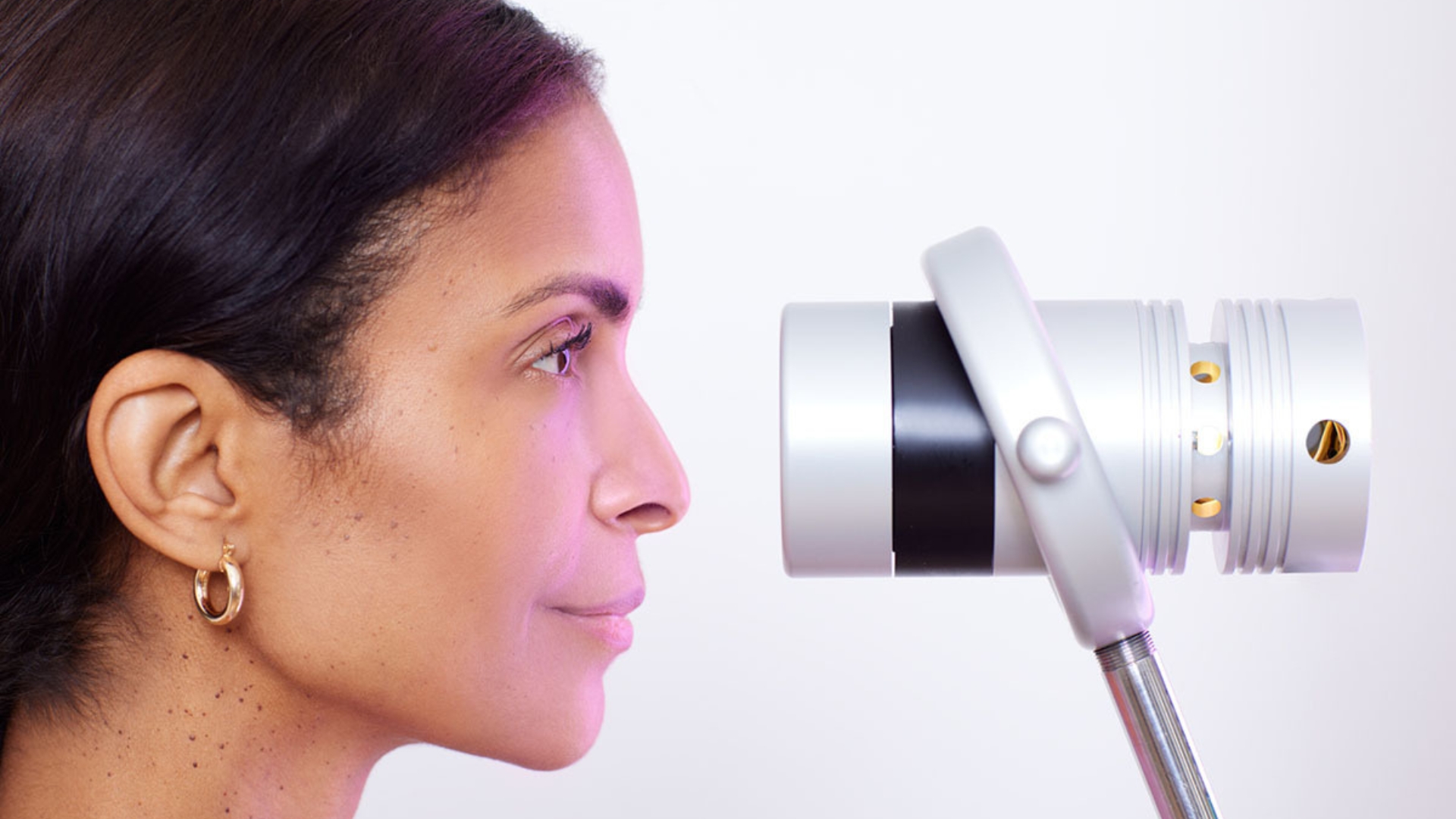Anthroposophic Medicine: A Seeker’s Guide
The state of balance is the ultimate state of being. However, it is an ever-shifting condition requiring constant adaptation, evolution, and realignment. As complex physical, emotional, and spiritual beings, balance can only be achieved and maintained when we respect that we are uniquely holistic beings and not just a bunch of separate parts and systems. Anthroposophic medicine recognizes that homeostasis results from treating the body as symbiotic and whole.
What Is Anthroposophic Medicine?
As defined by the International Federation of Anthroposophic Medical Associations, “anthroposophic medicine is an integrative approach to treatment that extends and enhances health outcomes by looking outside of isolated symptoms toward a more holistic conception of health. This conception includes physical, psychological, and spiritual health, as well as the impact of a person’s environment and social context.”
This health philosophy follows the salutogenic approach to wellness, which focuses on maintaining health. Practitioners understand that human health depends on three types of organization: etheric, astral, and I organization.
- Etheric organization: processes related to vitality and regeneration; life force
- Astral organization: processes related to emotions and instincts; soul force
- I organization: processes related to thinking and individuality; self force
Anthroposophic medicine isn’t a competing philosophy to other medical ideologies but rather complementary to conventional practices. In fact, anthroposophic physicians, nurses, and practitioners are first and foremost educated and licensed in their respective fields and then pursue additional studies and certifications to employ anthroposophic techniques and therapies.
The Man Behind the Medicine: Who is Rudolf Steiner?
Anthroposophic medicine, which literally translates to “human wisdom” medicine, was developed in the 1920s by Austrian scientist, artist, educator, and philosopher Rudolf Steiner in collaboration with Dutch physician Ita Wegman. Steiner defined anthroposophy as “a path of knowledge, which intends to lead what is spiritual in the human being to what is spiritual in the universe.”
In other words, humans, society, nature, and the universe are all interconnected, and our existence and wellbeing are dependent on both our internal and external environments. This philosophy has also guided education with Waldorf schools, farming practices with biodynamic farming, and therapeutic practices like art therapy.
Steiner studied and weaved together a range of fields, including medicine, nutrition, and environmental sustainability. He believed that humanity needs to work in organic co-operation with nature in order to thrive—that our existence and evolution are inextricably linked to our planet and the vast cosmos.
Today, anthroposophic medicine is practiced in 80 countries, and like us, it is constantly evolving.
How Does Anthroposophic Medicine Work?
In anthroposophic terms, humans are fourfold beings operating within three major organic systems. We are each made up of physical, functional-biological, psychological-autonomic, and spiritual aspects operating within the nerve-sense system, the rhythmic system, and the metabolic-limb system. Pathological disease states result from an imbalance or abnormal functioning of these factors and systems.
This means that “true health in anthroposophic medicine is seen as a balanced and dynamic state which is in accordance with the healthy fourfold functioning of the human being within three major functioning organic systems that are interactively and dynamically working throughout the human organism.”
Anthroposophic practitioners understand that the patient must be brought back into functional harmony to reverse the disease state. Having this more profound understanding of human stature allows for more personalized and conscientious treatments and interventions. A patient-centric relationship is vital for this deep and dynamic understanding to manifest. The anthroposophic practitioner must be caring, confident, compassionate, competent, and capable of helping their patient realize their own healing capabilities.
Anthroposophic doctors, nurses, and therapists work to support the whole human being. This integrative approach to health and healing enriches the diverse medical disciplines that it is applied to, including but not limited to psychiatry, oncology, and cardiology.
4 Types of Anthroposophic Therapies
Following a diagnosis, which will have included a detailed look at not only your physical symptoms but also lifestyle, environmental, and social factors, your anthroposophic physician or therapist might recommend the following types of therapies in conjunction with other interventions and recommendations.
Rhythmical Einreibungen
Rhythmical Einreibungen (RE) is a gentle type of massage, sometimes also referred to as healing touch. This type of therapy is ideally suited for children or anyone who is frail, vulnerable, or exhausted due to age or condition. We each have many different rhythms naturally occurring in our bodies (our heartbeat, breathing pattern, menstrual cycle). When we are sick, fatigued, or stressed, our natural rhythms can become disrupted. RE is used to restore disharmonious rhythms.
This calming and reassuring therapy can help alleviate anxiety, depression, stress, digestive issues, sleeping problems, and conditions that cause pain and fatigue.
Eurythmy Therapy
Eurythmy therapy is a mindfulness-oriented movement therapy that aims to strengthen a patient’s self-healing resources and stimulate natural healing processes. During this therapy, patients are taught specific movements and gestures and guided to inwardly experience and feel these emotions. The goal of this active therapy is to restore equilibrium. This type of anthroposophic therapy may benefit the circulatory, digestive, nervous, musculoskeletal, respiratory, and metabolic systems.
Anthroposophic Psychotherapy
Anthroposophic psychotherapy takes conventional psychotherapy to the next level by acknowledging the patient as a spiritual being “who is learning to control and guide his or her soul qualities of perception, thinking, feeling, and willing.” This type of therapy aims to promote the individual’s confidence in their own developmental powers and ability to shape their own self.
Anthroposophic Arts Therapy
As perfectly explained by the School of Spiritual Science, “the healing effect of active artistic creation is possible because laws come into play in artistic activities which are also found and can be perceived in human beings, for example as regenerative or degenerative, hardening or loosening, stimulating or calming, figurative or listening elements. And as are also found in pathological processes in a one-sided way.”
Anthroposophic art therapy works to open patients up to their own self-healing resources. Art therapy can influence physical, psychological, mental, and spiritual factors through the use of music, painting, sculpture, and creative speech.

A More Holistic Approach to Health and Healing
Each of us is dynamic, intricate, and one-of-a-kind. We are all physical, emotional, and spiritual beings. When it comes to health and healing, our unique individuality should be taken into consideration for all therapies, interventions, and recommendations. Anthroposophic medicine does exactly that.
Additional Resources to Learn More About Anthroposophic Medicine
Natural Therapies, Waldorf Bookstore
Anthroposophic Medicine Introductory Handbook
International Federation of Anthrosophic Medical Associations
Disclaimer: The statements made in this article have not been evaluated by the Food and Drug Administration. Any products or treatments mentioned are not intended to diagnose, treat, cure, or prevent any disease. Please consult a licensed medical practitioner for medical advice.
At Innovative Medicine, we believe in transparency. We want you to know that we may participate in affiliate advertising programs pertaining to products mentioned herein.
See how we can help you restore complete health of body, mind & spirit.
Join our mailing list and receive exclusive offers + information!







Leave a Reply
Want to join the discussion?Feel free to contribute!